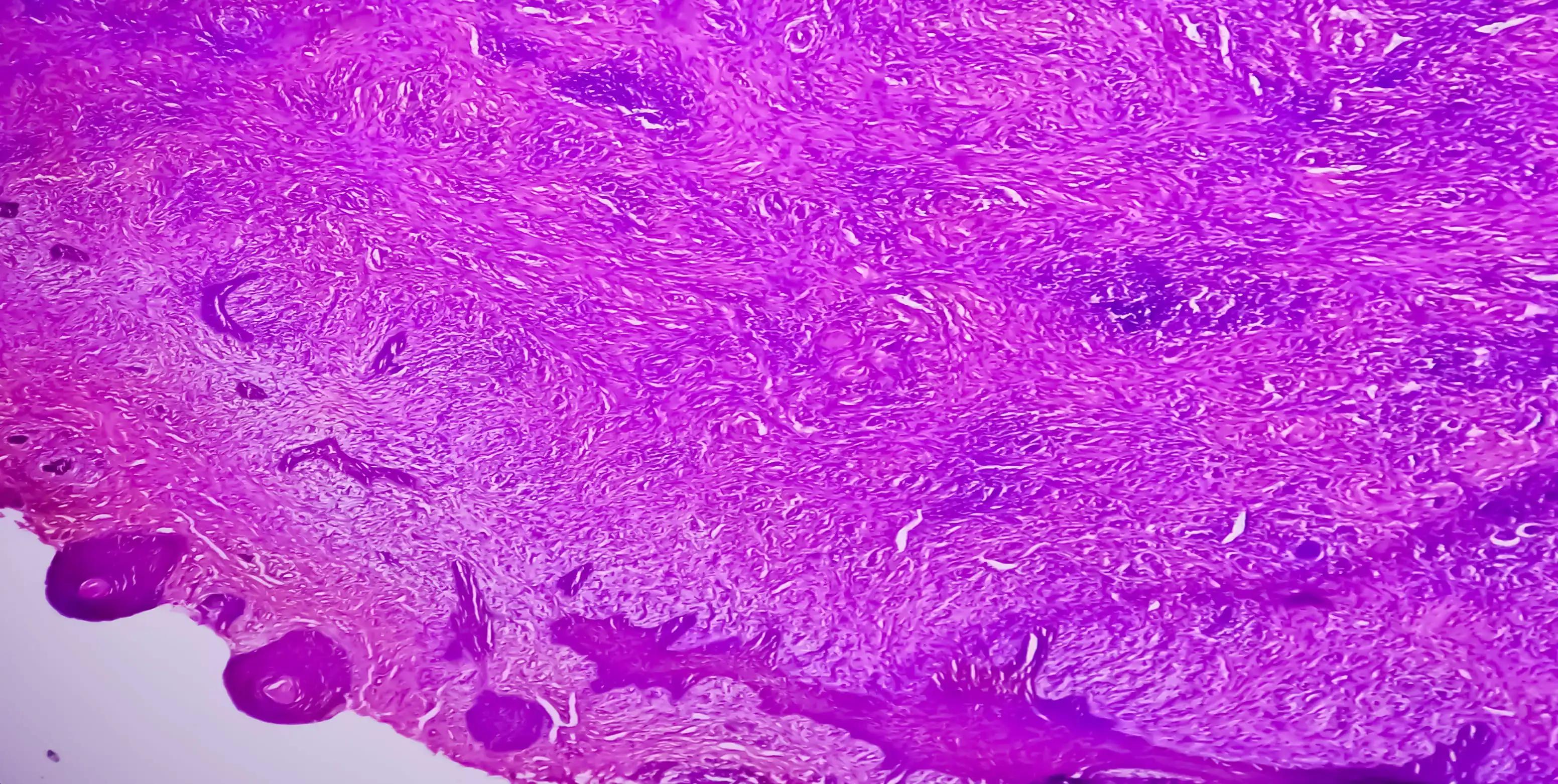KEY TAKEAWAYS
- The phase 1-2 clinical trial investigated the safety and effectiveness of combining VEN-AZA or VEN-LDAC with Quizartinib in unfit AML patients.
- The primary comparison focused on CR/CRi between the two treatment groups. Secondary goals involved OS and EFS.
- Triple regimens of VEN-AZA-QUI or VEN-LDAC-QUI showed promising results for new AML patients unfit for intensive care, especially with reduced VEN doses.
The combination of Venetoclax (VEN) with either Azacitidine (AZA) or Low Dose Cytarabine (LDAC) has become a new treatment alternative for acute myeloid leukemia (AML) patients (pts), unfit for intensive therapy. However, primary resistance and frequent relapses remain significant challenges. Researchers hypothesized incorporating an oral FLT3 inhibitor might enhance treatment effectiveness in this context.
The phase 1-2 study enrolled newly diagnosed pts older than 70 years or those over 65 and unfit for intensive induction therapy. This also included pts with secondary AML, regardless of prior exposure to hypomethylating agents (HMAs). In the phase 1 segment of the trial, there were two parallel arms (VEN-AZA-QUI and VEN-LDAC-QUI). The dose was increased in cohorts of 3+3 pts to identify dose-limiting toxicities (DLTs) and to discover the recommended phase 2 dose (RP2D). The phase 2 involved randomizing 60 pts (including 12 with FLT3-ITD mutations) in a 1:1 ratio to either VEN-AZA-QUI or VEN-LDAC-QUI. The primary comparison was based on the complete remission or incomplete complete remission rates (CR/CRi) between the two treatment arms. Secondary objectives included overall survival (OS) and event-free survival (EFS).
Preliminary analysis in February 2023 included 77 pts across 11 Spanish centers: 16 in phase 1 and 61 in phase 2. The median age for the phase 1 pts was 74, with 62% having prior MDS and/or MPN and 44% having used previous HMAs. Nine were treated with the AZA triplet and seven with LDAC. The recommended phase 2 doses for Quizartinib were 60 mg in the AZA arm and 40 mg in the LDAC arm. A DLT in the LDAC arm involved a brain hemorrhage following extended thrombocytopenia at a 60 mg dose. The safety committee advised early bone marrow checks between days 14-21 in the first cycle, leading to VEN discontinuation in instances of aplastic marrow. No severe non-hematological side effects were observed. CR+CRh+CRi was reached in 44% of pts, partial response in 12%, stable disease in 19%, and 25% experienced induction death.
Phase 2 encompassed 61 pts: 30 in the LDAC arm and 31 in the AZA arm, with 12 being FLT3-ITD+. In the LDAC group, the median age was 75.5 years, 33% had prior MDS and/or MPN, and 27% had used previous HMAs. In the AZA group, the median age was 74 years, 39% had prior MDS and/or MPN, and 26% had received previous HMAs. Overall, the combined CR+CRi+CRh rate was 43%, partial response was 13%, morphological leukemia-free state was 11%, and induction death was 16% (the total of CR+CRh+CRi+MLFS was 54%). No disparity was observed in CR+CRi+CRh rates between LDAC (40%) and AZA (45%), although LDAC had a higher incidence of induction death (20%) compared to AZA (13%). An amendment to the protocol reduced VEN to 7 days after reaching a response due to significant myelotoxicity. At the data cut-off, median follow-up was 14.4 months. Median overall survival (OS) was not reached for either arm. Median event-free survival (EFS) was comparable between LDAC and AZA. FLT3-ITD+ pts showed better OS and EFS compared to wild type. Those naive to HMAs had a better OS compared to those previously exposed.
Triple combinations of VEN-AZA-QUI or VEN-LDAC-QUI appeared viable for newly diagnosed AML pts who are unfit for intensive treatment, particularly when VEN dosage is significantly reduced. Both FLT3-ITD+ and HMA-naive pts have not yet reached median OS. Further analysis with extended follow-up is needed to ascertain the possible advantages of these triplets.
Clinical Trial: https://classic.clinicaltrials.gov/ct2/show/NCT04687761
Burgues, J.M.B., Rodríguez-Veiga, R., Ferri, I.C., Calmet, F.V-L., Garcia-Guiñon, A., Espuch, J.G., Colorado, M., Casas-Avilés, I., Esteve, J., Sampol, A., Verdugo, M.V., Ramos, F., Valero, M., Cruz, E.G.A., Boluda, B., Miñana, L.T., Martinez-Lopez, J., Barragan, E., Diaz, R.A., Martinez-Cuadrón, D., Montesinos, P. UPDATED RESULTS OF VEN-A-QUI STUDY: A PHASE 1-2 TRIAL TO ASSESS THE SAFETY AND EFFICACY OF TRIPLETS FOR NEWLY DIAGNOSED UNFIT AML PATIENTS: AZACITIDINE OR LOW-DOSE CYTARABINE WITH VENETOCLAX AND QUIRZATINIB.



